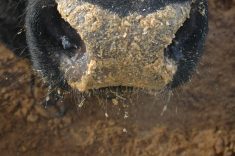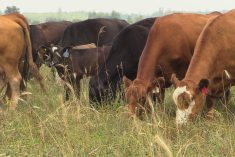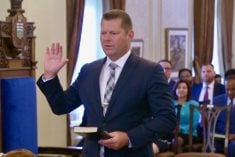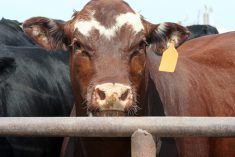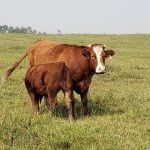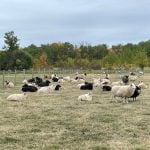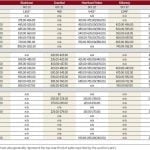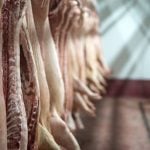Average western Canadian feeder prices were relatively unchanged from week-ago levels; however, the yearling market in southern Alberta traded $3-$5 higher as feedlot operators focused on sourcing local cattle.
High-quality yearlings are coming on the market and steady demand was evident across the Prairies. Strength in the deferred live cattle futures along with the deterioration of the Canadian dollar enhanced buying interest. It appears feedlots have bid up the price of feeder cattle so there is minimal margin in the deferred positions; therefore, the “hope factor” for higher fed cattle prices is coming into play. Eastern Canadian buying interest surfaced in eastern Saskatchewan this week. Despite the year-over-year increase in the U.S. calf crop, Canadian feeder cattle exports to the U.S. continue to exceed year-ago levels.
Read Also
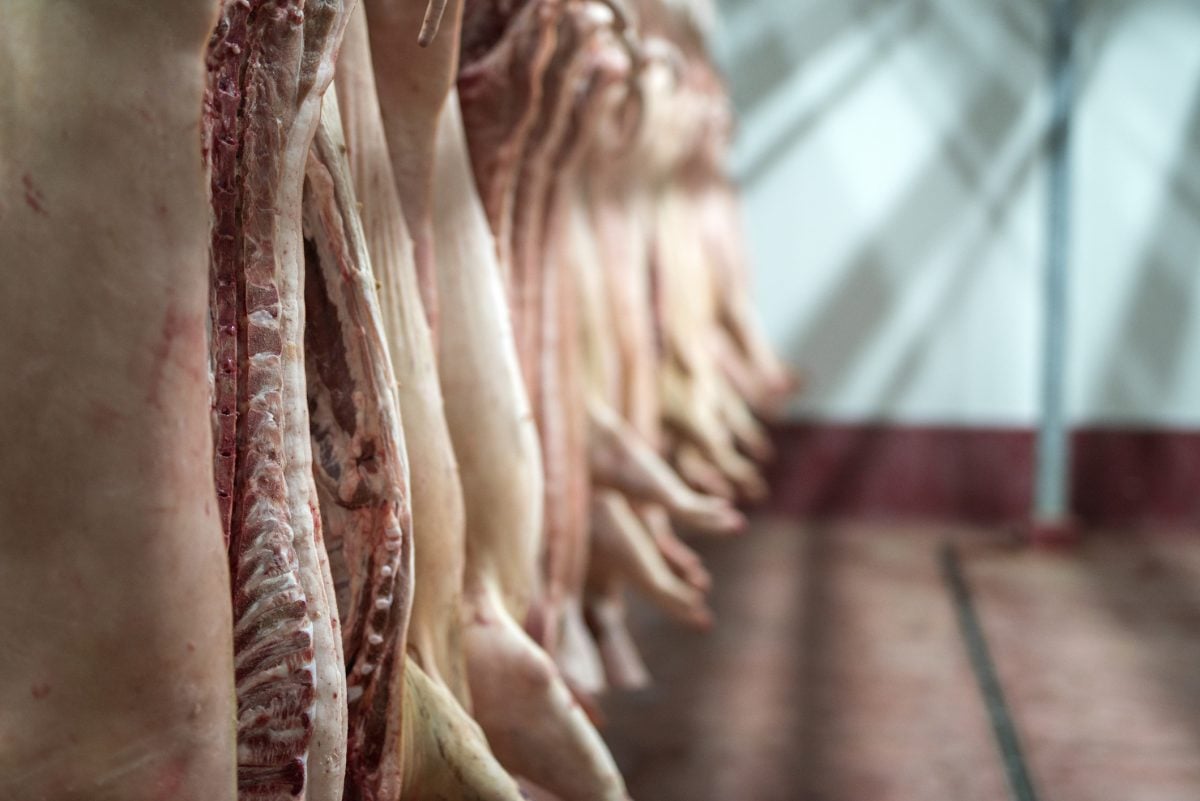
U.S. livestock: Cattle slip back, hogs gain
Chicago cattle futures slipped back on Friday after Thursday’s pause. Hog futures crept upward. Most-active December live cattle futures closed…
In central Alberta, medium-frame mixed steers averaging 900 lbs. sold for $193 while similar-quality heifers were quoted at $179. In the Lethbridge area, larger-frame thin tan steers averaging 875 lbs. were quoted at $205. In southern Saskatchewan, 900-lb. mixed medium-frame thin heifers sold for $177.
Steer calves in northeastern Saskatchewan weighing 825 lbs. sold for $202. Larger-frame Angus-based calves weighing just over 500 lbs. were quoted at $240 in eastern Saskatchewan; the price of red mixed heifers averaging 520 lbs. was recorded at $202 in the same region.
Larger supplies of calves will come on the market over the next couple of weeks. This tends to weigh on the overall feeder complex. Calves seem to be heavier each year but feedlot performance can be quite variable. Buyers are hesitant to be overly aggressive. The feed grain outlook remains friendly and there is a fair amount of uncertainty in regards to fed cattle prices for the winter time frame.
— Jerry Klassen manages the Canadian office of Swiss-based grain trader GAP SA Grains and Produits Ltd. and is president and founder of Resilient Capital, specializing in proprietary commodity futures trading and market analysis. Jerry consults with feedlots on risk management and writes a weekly cattle market commentary. He can be reached at 204-504-8339.




